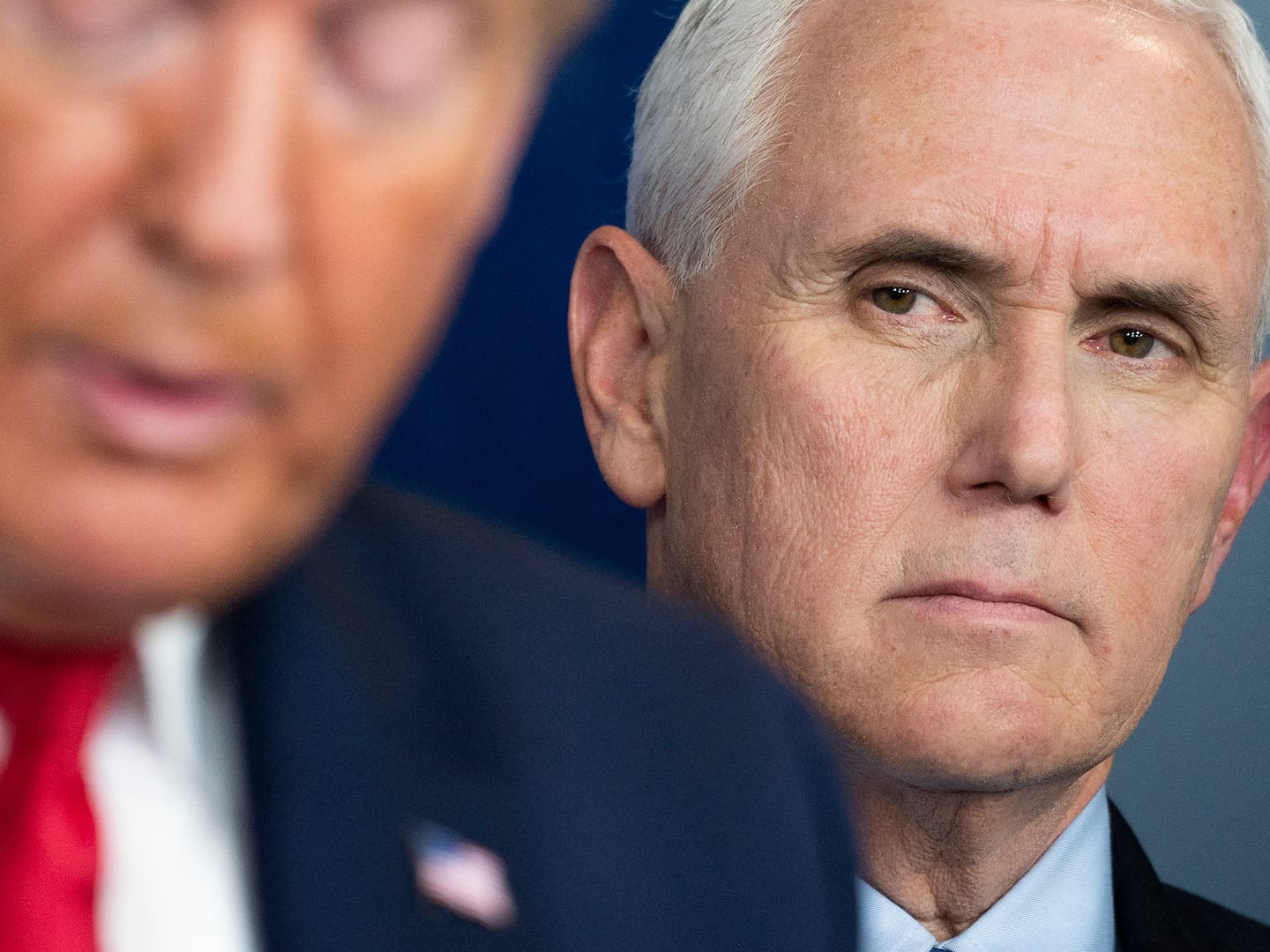Update (3/12/2015): Tanzania arrested more than 200 witchdoctors and traditional healers for killing albino people, according to the BBC. The UN estimates that close to 80 albino people have been killed in Tanzania since 2000. Just a few weeks ago, a 1-year-old albino was killed in the northwestern region of the country. The witchdoctors are fueled by the belief that the body parts of albino people have special powers to bring wealth and good fortune. According to the Red Cross, witchdoctors will pay up to $75,000 for a "complete set of albino body parts – including all four limbs, genitals, ears, tongue and nose." In January, Tanzania banned witchdoctors from practicing in response to the albino killings.
On Tuesday, police discovered the mutilated body of an albino toddler in a Tanzanian forest. His death was the latest in a brutal string of kidnappings and murders that has plagued the country’s albino population for decades. Since the end of last year, a young albino girl in Tanzania has been missing and feared dead.
Across central and eastern Africa, pale-skinned albinos are persecuted for the magical properties their bodies are thought to possess. But the problem is particularly urgent in Tanzania, where the UN says at least 70 have been killed since 2000—but activist estimates are much higher—and there have been few arrests or convictions.
Witch doctors have long propagated a belief that the limbs of albinos can be used to make good-luck charms. A limb can earn the seller $600 at minimum and a corpse can go for as much as $75,000.
Fortune seekers pay handsomely for black-market potions made of albino limbs. During just one bloody week in December 2008, two albinos were killed, bringing the death toll from that year alone to 35.
“When I was growing up there was a stigma,” an activist told National Geographic in 2013. “But people weren’t getting their bones cut—that only starting happening a few years ago.”
As the attacks soared, albinos began fleeing to the remote Ukerewe Island, perched in the middle of Lake Victoria. With around 70 albinos, it has what’s thought to be the highest concentration of albinos in the world. At that time it was considered the only place for albinos to freely live without fear of being hunting for their body parts, and came to serve as a refuge for Tanzania’s albino population.
It’s unclear why Ukerewe already had such a disproportionate number of albinos, but theories claim albinos settled there after being expelled from mainland communities. A documentary that premiered in 2013, In the Shadow of the Sun, followed the lives of two albino residents and their efforts to educate communities.
But in December, the BBC visited the island and found that the killing had reached Ukerewe. A toddler narrowly avoided being snatched from her home by an armed gang recently, and the chairman of the Tanzania Albinism Society was forced to flee after a village leader attempted to kill him for his hair.
Three hours away, in the northern city of Mwanza, young albinos have found relative safety in a more urban setting where amenities are still scarce but available.
Many albinos have been severely neglected by their families, abused, and suffer from conditions like blindness that come with the genetic disorder. Mwanza hosts a school for the blind, which offers education and protection for albino children with security patrols and a fence.
Sub-Saharan Africa has a much higher prevalence rate for albinism than the West does. An estimated one in 5,000 are affected by the genetic disorder, versus one in 20,000 in Europe and the U.S.
In Tanzania, numbers vary widely, but there may be between 33,000 to 100,000 albinos.
The problem continues to stem from the demand that traces to a strong tradition of witch doctors. This year, with elections planned for October, attacks are expected to increase. It’s widely believed that prominent politicians are among those frequenting witch doctors and seeking the good-luck charms from albinos.
“We know informants can receive $100 for identifying a vulnerable albino, we know that the actual killers get paid thousands, but what isn’t clear is who are the real consumers,” an activist told AFP in 2009. “We are dealing with big business here and there is corruption in the police and in the courts, that is why the killings are still going on.”
In December, the Tanzanian government, at the urging of the UN, officially banned witchcraft in an effort to stem the killings. It also pledged to set up a task force that will target this black market. Despite this, advocacy groups have already called out the Tanzanian authorities for failing to prosecute any recent cases.
“It’s shocking to note that witch doctors and killers are reportedly being arrested by the police, revealing their customers, and still police fail to take action,” Peter Ash, CEO of Under the Same Sun Fund, said at a January press conference. “This is scarring, and if the community fails to reorganise and take action, the war on albino killings will never come to an end.”





